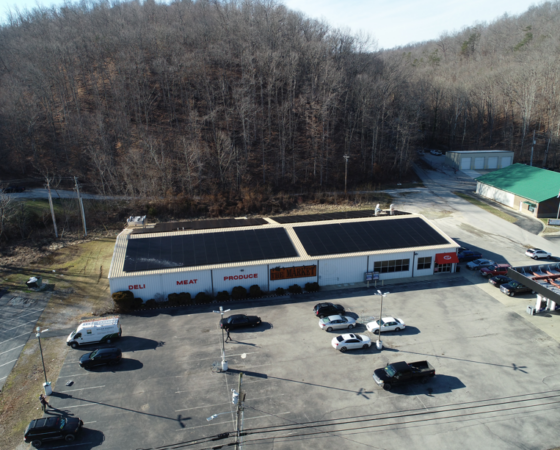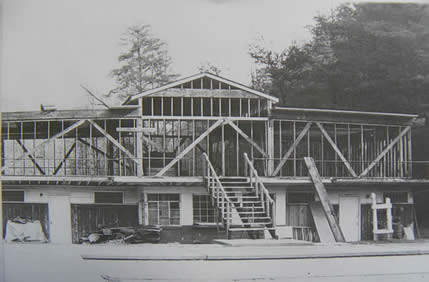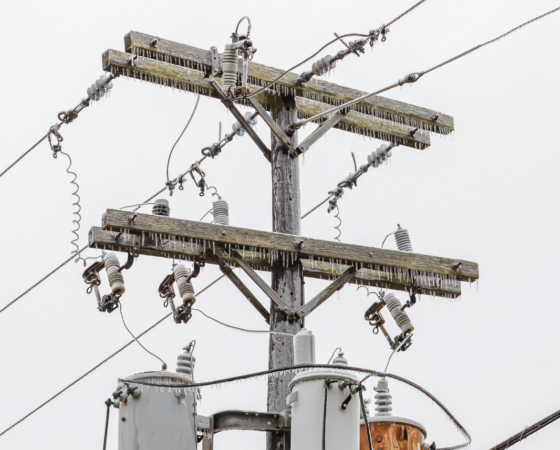More on TVA’s Generation Partners program, that we’ve discussed before. A bill has been introduced in Kentucky’s legislature that would expand this type of program, currently available in TVA’s service region—which includes parts of southeastern Kentucky—throughout the Commonwealth. More information on Clean Energy Opportunity Act, introduced by Rep. Mary Lou Marzian, is available on the Kentucky Sustainable Energy Alliance (KySEA) website. Kentucky’s Clean Energy Lobby Day will be tomorrow, 2/10, in Frankfort!
NASHVILLE, Tenn. — More than 400 property owners who use solar power to generate electricity at their homes or businesses are getting paid for it with the help of the Tennessee Valley Authority and local power distributors.
Some residents have large enough arrays of solar electric generation panels that they get rolling credits on their electricity bill or year-end checks. Most are in Tennessee and The Tennessean reports another 200 projects are in the pipeline.
The Generation Partners program allows property owners to feed electricity into the grid and some distributors, like the Nashville Electric Service, pay more than double what the utility charges for power. The program has grown increasingly popular. NES now has 63 customers generating power and 15 others about to begin.
In Ashland City, Carly and Ed Wansing have a $100 credit on their most recent home electricity bill. They installed their panels in 2007 and are leaving the credit to make up for other months when they might use more electricity.
“We build up our credit in the spring and the fall and use the credit in the summer and the winter,” said Carly Wansing, an architect with Street Dixon Rick, which also has solar panels.
Their 2.16-kilowatt solar panel system cost them $11,500 after incentives and should take 12 more years to pay off. Along with a $2,000 federal tax credit, the Wansings got a $500 sign-up payment from TVA’s Generation Partners program.
Andy Sudbrock got checks from his electric utility in Williamson County last month that totaled $2,010 for electricity generation from panels on the barn at his plant nursery company, Nashville Natives.
“That doesn’t factor in all the electricity we didn’t have to pay for, either,” he said. “We had zero electricity bills all year.”
He virtually paid for the $60,000 8.28-kilowatt solar power system in the first year, thanks to some incentives.
About 95 percent of the cost came from a state cost-share program for businesses, a U.S. Department of Agriculture grant, a federal tax credit and a $1,000 signing bonus from TVA and the distributor.
“It took a year of grant writing and lots of paperwork, but we’ll never pay another electric bill, and it will be generating clean energy and income for at least 30 years,” Sudbrock said.
In many cases, property owners are producing an amount of energy whose payments don’t quite cover the cost of what they burn. Attorney David Lyons has topped his Nashville law office with solar panels but he hasn’t been able to claim a check yet.
“I’ve never had a surplus by the end of the year,” Lyons said.
Still the cost of installing solar panels is decreasing and incentives can make a difference. Steve Johnson, owner of LightWave Solar Electric, said the 6.9-kilowatt system on his home would cost about $30,000 today, or $20,000 after incentives.
“You’re going to be paying Nashville Electric Service for 12 years anyway,” he said. “You’re just burning those checks. After 12 years of paying on solar, you have equity. You own something.”





